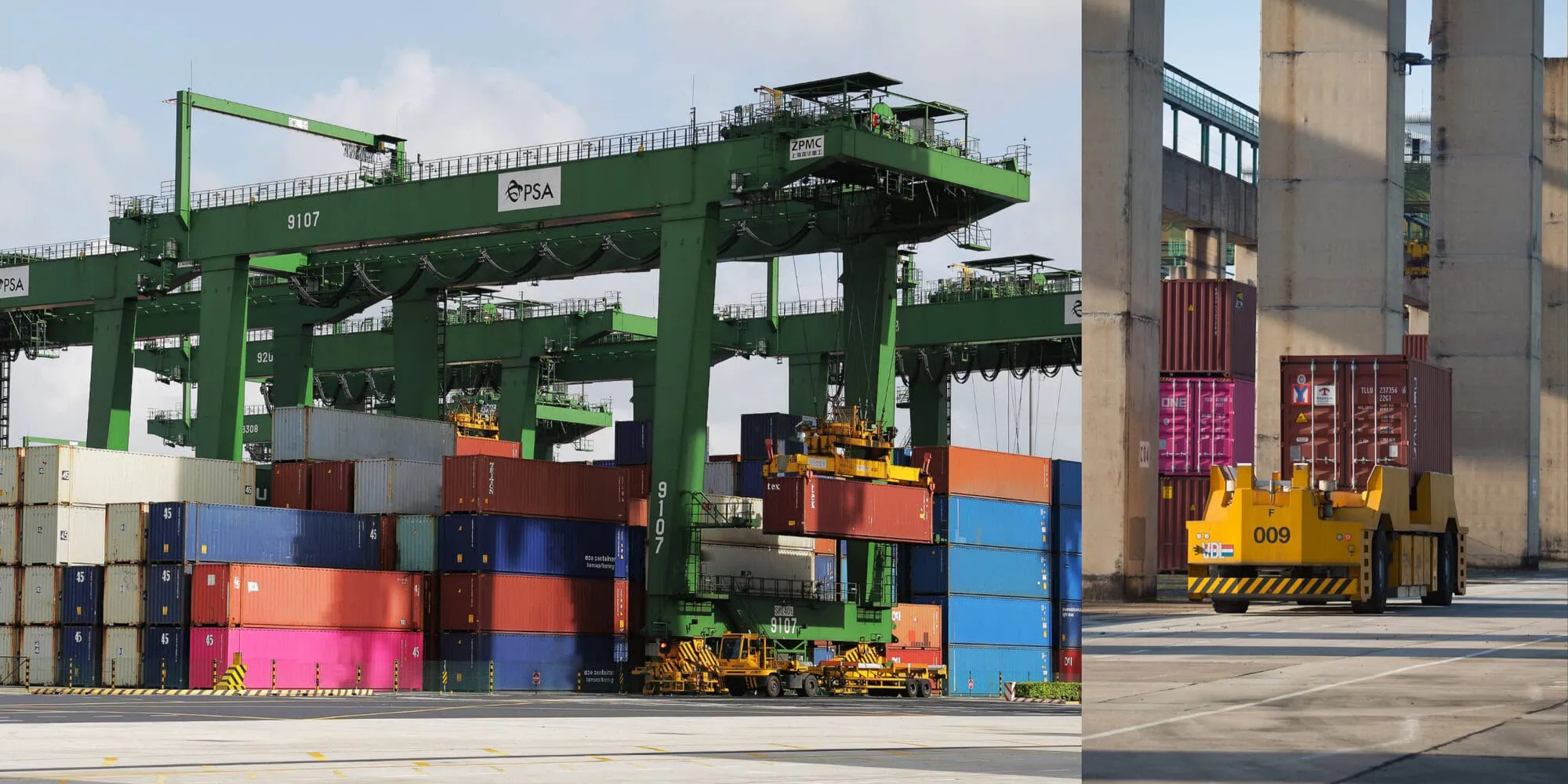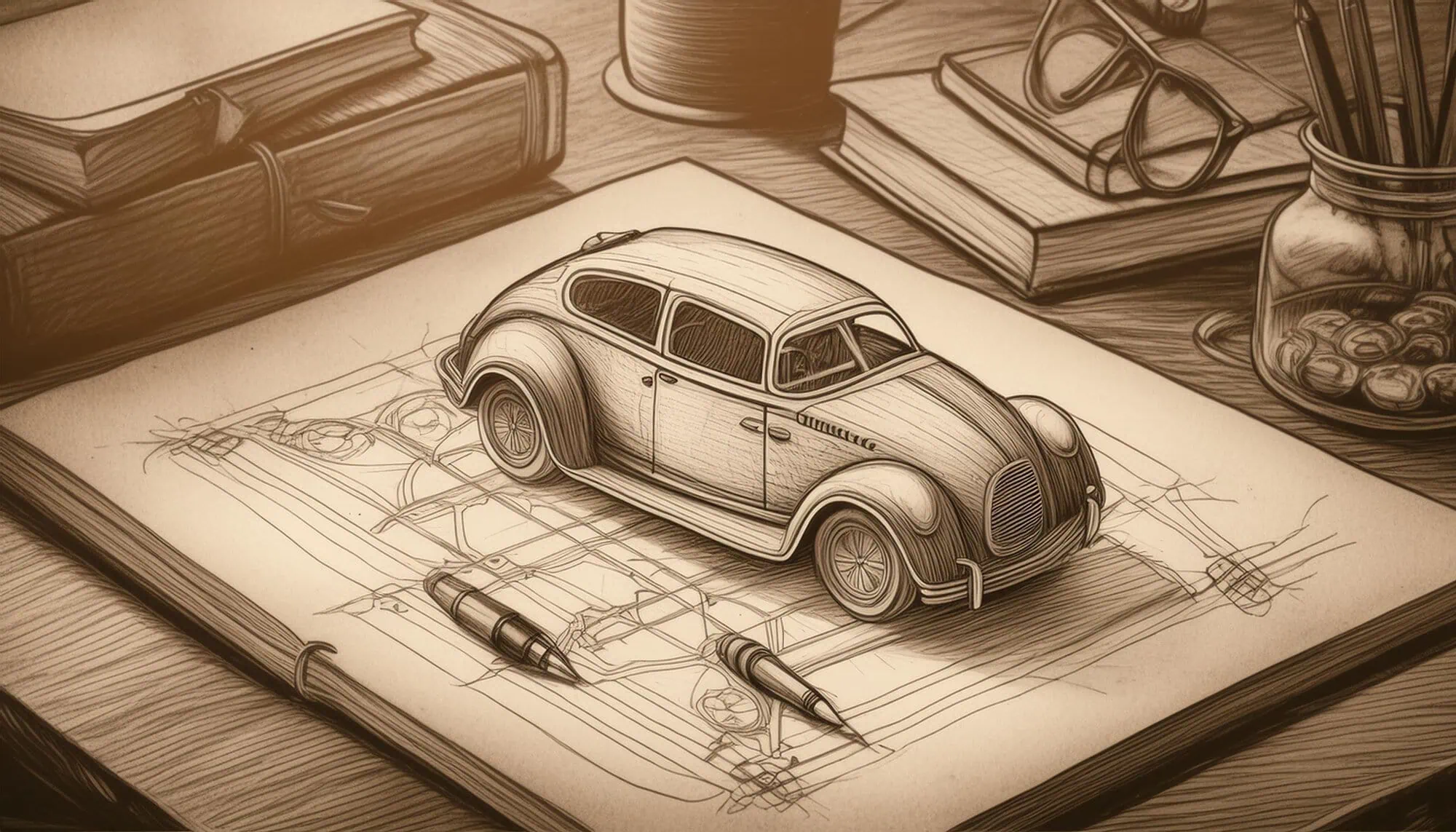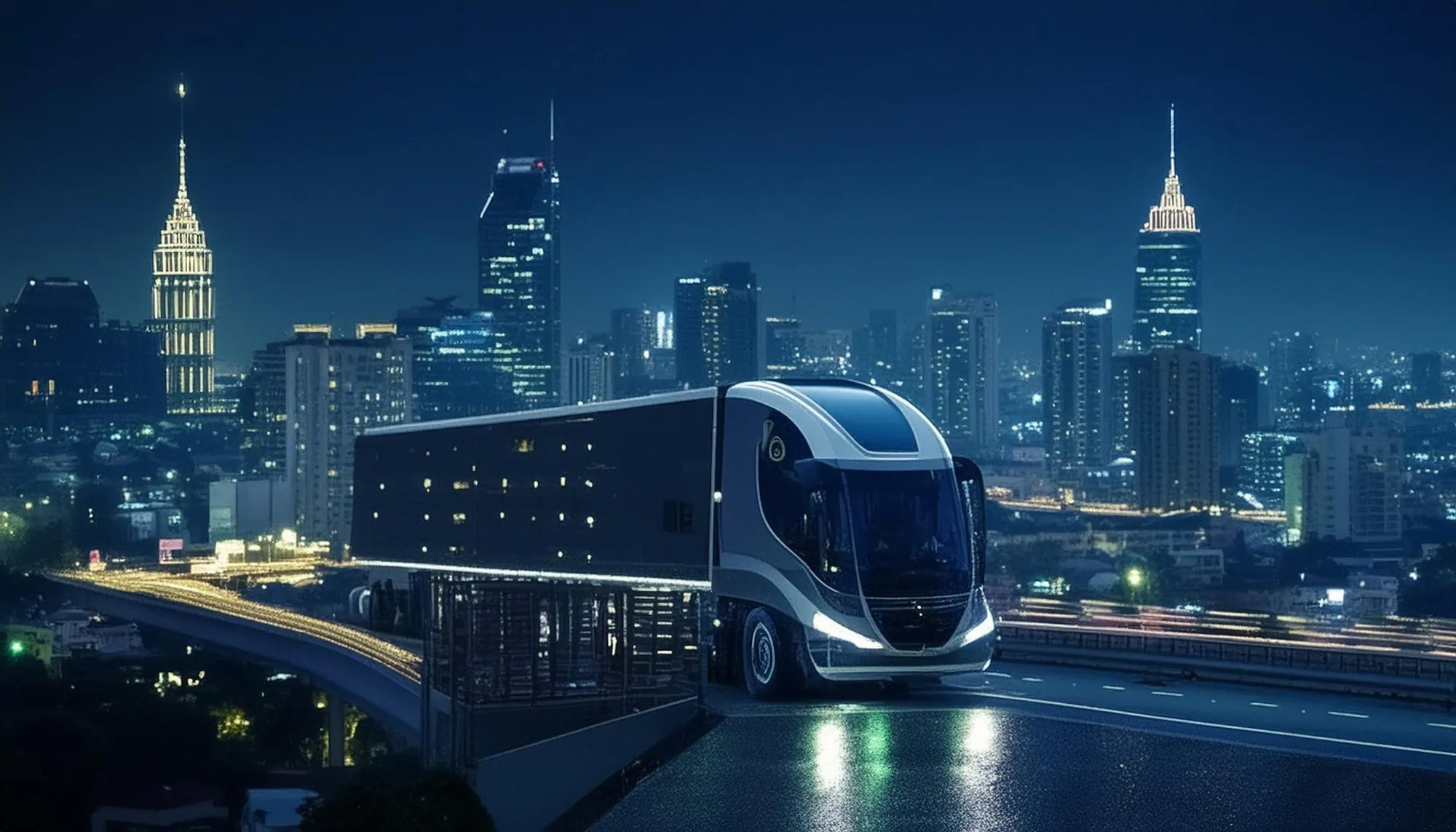
Did you know that the maritime industry is on the cusp of a revolutionary transformation? It’s electrifying! As the world shifts towards a more sustainable future, ports are embracing electrification to reduce their environmental impact and increase efficiency. In this article, we’ll explore the exciting developments in port electrification and how it’s changing the game for the maritime industry.
A Cleaner Future for Ports
Traditional fossil fuel-powered equipment in ports has long been a significant contributor to greenhouse gas emissions and air pollution. But, with the advent of electrification, ports can now reduce their carbon footprint and create a cleaner, healthier environment for workers and surrounding communities.

Electrification in Action
PSA Singapore is leading the charge in port electrification, with a three-track decarbonisation strategy that includes low-carbon fuels, renewables, and electrification. They’re phasing in electric and hydrogen-powered prime movers, which have an even lower carbon footprint than traditional fossil fuels. The Port of Los Angeles and the Port of Rotterdam are also investing in electric terminal tractors and cranes, reducing emissions and energy costs. That’s like powering 500 homes with clean energy!
The Benefits of Electrification
Electrification offers numerous benefits for ports, including:
- Reduced Emissions: Electric and hybrid equipment produce significantly fewer emissions, contributing to a cleaner environment and improved air quality.
- Increased Efficiency: Electric equipment requires less maintenance and has a longer lifespan, reducing downtime and increasing productivity.
- Cost Savings: Electric equipment can reduce energy costs by up to 70% compared to traditional fossil fuel-powered equipment.
- Improved Safety: Electric equipment produces less noise and vibration, creating a safer working environment for workers.
Fun Fact: Did you know that the first electric car was invented in 1837? It was a tiny vehicle that could only go about 4 miles per hour!

Overcoming Challenges
While electrification presents numerous benefits, there are challenges to overcome. High upfront costs, limited charging infrastructure, and the need for specialized training are some of the hurdles that must be addressed. However, with collaboration and innovation, these challenges can be overcome, and the transition to electric and hybrid equipment can be accelerated.
A Sustainable Future
The shift to electric and hybrid equipment is a critical step towards reducing the maritime industry’s environmental impact while maintaining efficiency and productivity. As the industry continues to evolve, it’s essential that we work together to develop and implement new technologies, invest in infrastructure and training programs, and encourage policy and regulatory support for electrification.

The Electrification Revolution
The electrification of ports is an exciting and necessary step towards a more sustainable future. As the maritime industry continues to evolve, it’s crucial that we embrace this change and work together to create a cleaner, greener, and more efficient future for generations to come.
